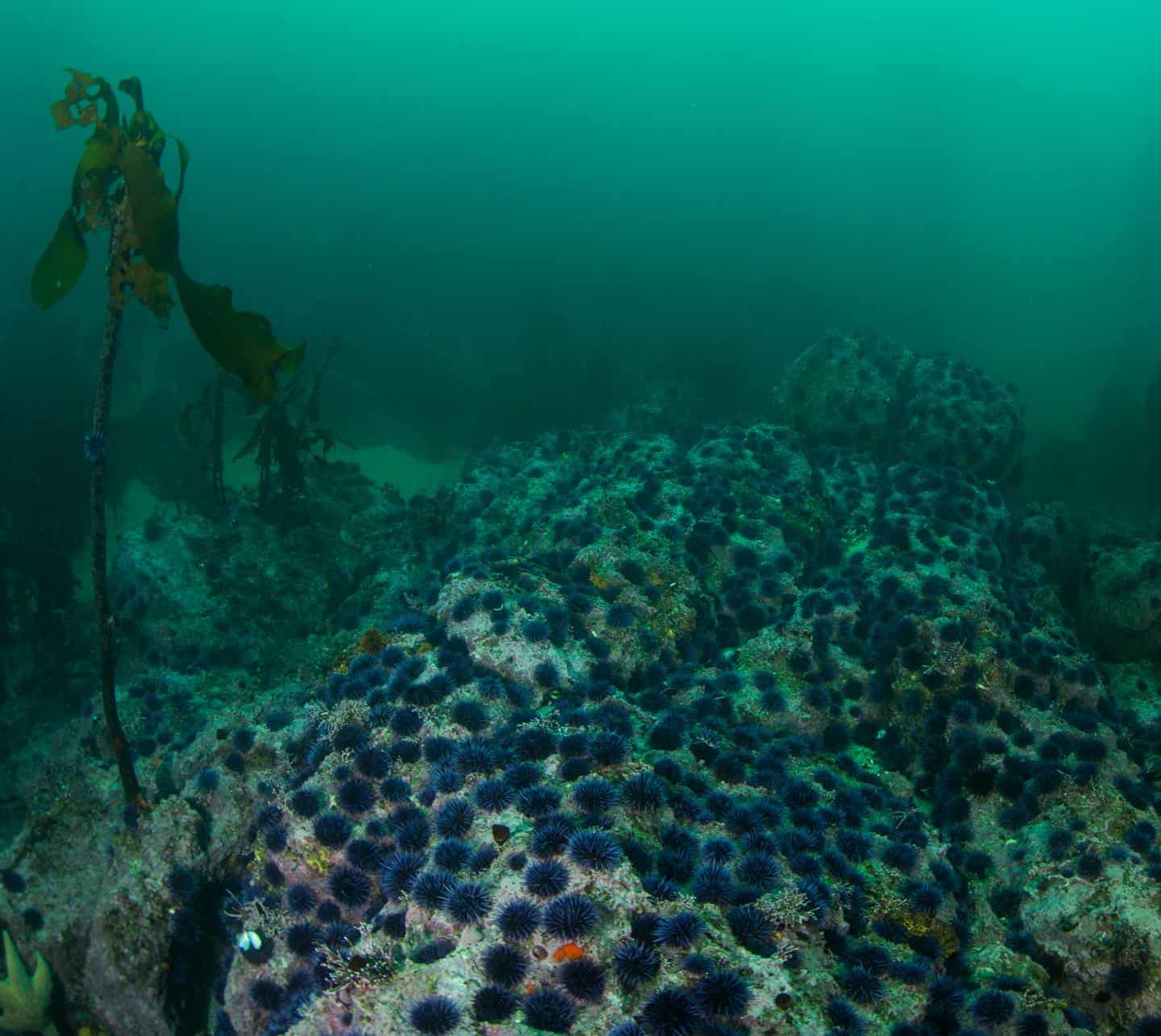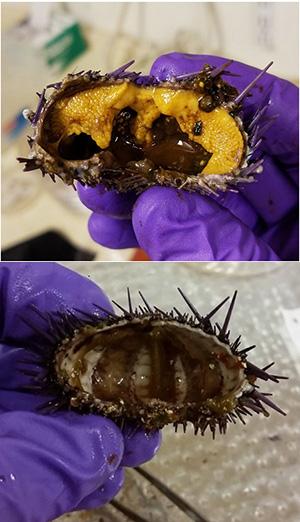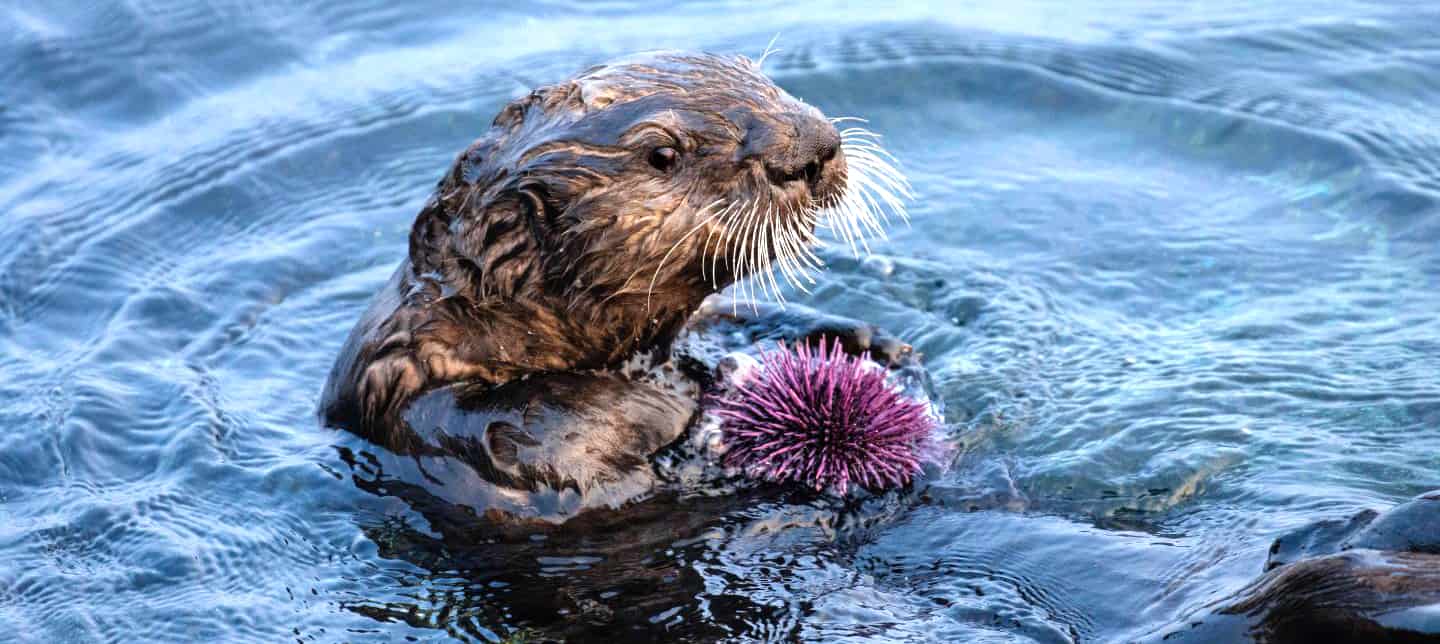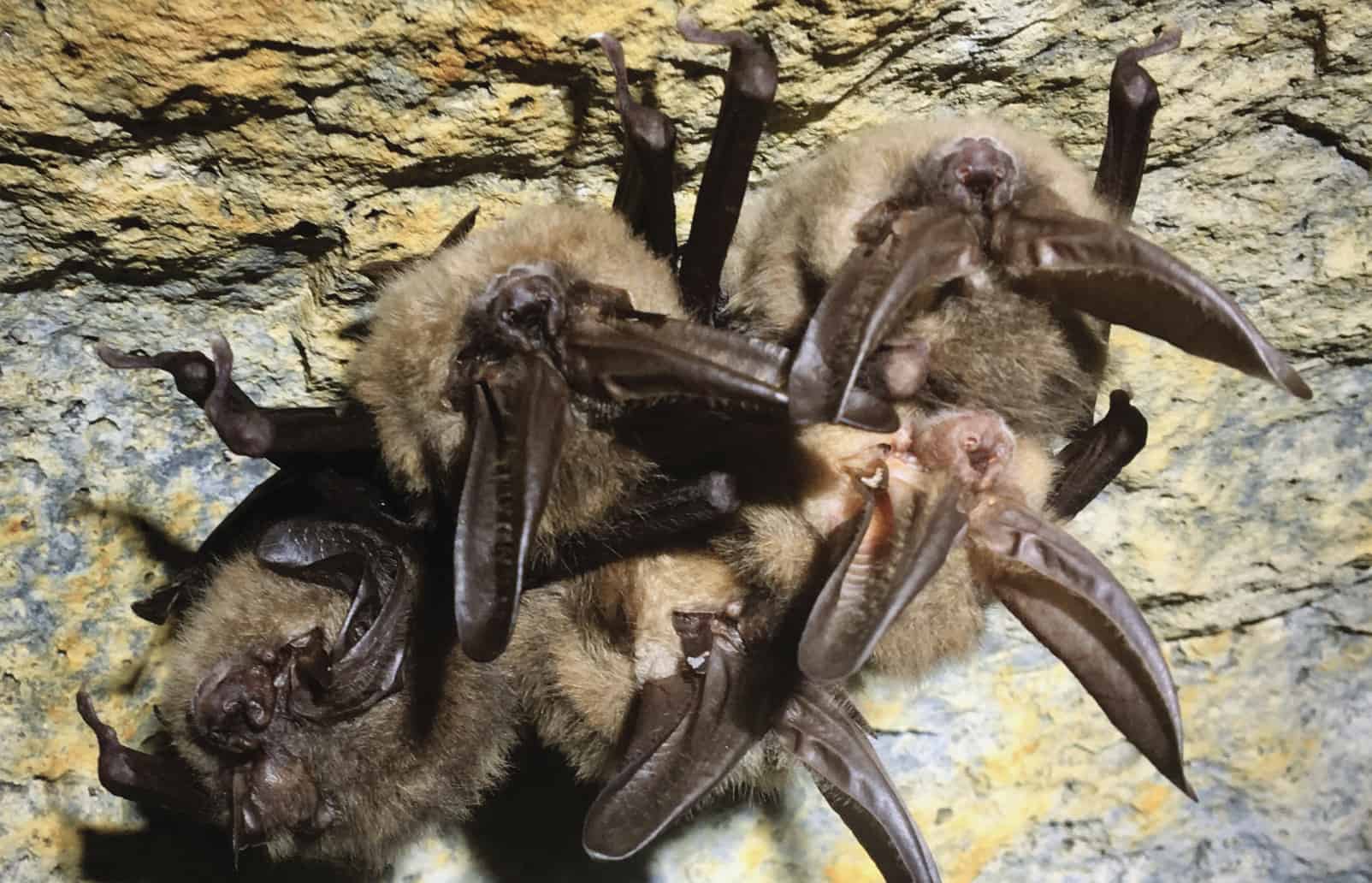Share this article
Monterey Bay sea otters maintain kelp supply
In Monterey Bay, California, where kelp forests have decreased, sea otters are helping maintain pockets of kelp that can reseed barren areas in the future.
In 2012, kelp forests along the California coast looked vastly different. Kelp attached to the sea floor and grew 60 to 80 feet tall on the surface of the ocean. “It looks like a tree underwater, towering tall with these leaves that we call blades. In fact, it’s not a plant. It’s a marine brown algae,” said Josh Smith, a marine ecologist and PhD candidate at the University of California Santa Cruz. The kelp provided important habitat and food source for many different organisms. It even supported recreational and commercial fisheries, and acted as an important buffer for climate change. “Just like plants on the land, it takes in CO2,” he said.
But in 2013, things changed. The kelp forest was hit with a double whammy. A coastwide sea star wasting disease devastated the sunflower sea star (Pycnopodia helianthoides), a major sea urchin predator that keeps urchins from consuming all of the kelp. On top of that, a marine heat wave hit in 2014 and 2015, and the kelp didn’t do well in the warm bath of water.
“All of a sudden, we saw this huge explosion of purple sea urchins,” Smith said. The ocean floor was carpeted with these baseball-sized spiny animals that eat kelp. Purple sea urchins (Strongylocentrotus purpuratus)normally hide away in rock crevices eating kelp that drifts nearby. But without a major predator lurking around, urchins had the perfect opportunity to help themselves to the kelp forests. Researchers began to see patchesof sea urchins taking over the ocean floor — what they began to call sea urchin barrens.

An urchin barren in Monterey Bay, where grazing purple sea urchins removed kelp and other algae from the rocky reef. Credit: Michael Langhans
The sea otter (Enhydra lutris) population remained in Monterey Bay, though. The population there was higher than anywhere else in the state. Researchers knew otters were a key sea urchin predator. Smith and his colleagues wondered how the sea otters were fitting into this new system with an overgrown urchin population and limited kelp. They set out to conduct some underwater dive studies and published their research in the Proceedings of the National Academy of Sciences.
“We wanted to know what the otter response was and what that meant for the fate of kelp forests here in central California,” Smith said.
Census surveys had already been taking place on Monterey Bay for the last 20 years, and researchers from the U.S. Geological Survey and Monterey Bay Aquarium had been monitoring the status of the population there. They had been recording what the otters were eating and where. Smith and his colleagues used this information and conducted scuba surveys where the otters were known to be eating urchins. They also studied the areas where there were urchins, but sea otters weren’t eating them.
They collected the urchins and opened them up to determine how healthy the urchins were in the different areas, and as a result, how much nutrition they were providing to sea otters. The team found that urchins were healthier in the areas where sea otters were eating them but less healthy in the sea urchin barrens where the sea otters weren’t eating them.

A healthy purple sea urchin from a kelp forest has large yellow gonads (top), whereas ones from urchin barrens are starved (bottom) with little nutritional value for a sea otter. Credit: Michael Langhans
“It turns out the otters have a choice,” Smith said. “They can either work a little harder in a kelp forest and pluck out an urchin that’s really healthy, or they can go to a barren where there are lots to grab with nothing in them. They were primarily going to the kelp forests and choosing healthy urchins.”
While sea otters aren’t repairing these sea urchin barrens, Smith said, the findings show that the otters are helping maintain remnant patches of kelp forests in the bay. “It’s really important for the recovery of the system,” he said. If something were to wipe out the urchins, these remnant kelp patches can help reseed and replenish the areas that were once sea urchin barrens, he said.
And Smith said that it is possible for the urchins to be wiped out. For example, warm water combined with high urchin densities could allow a disease to spread quickly among them. “Other studies show when urchin disease hits, it could be catastrophic,” he said. In addition, large winter storms can dislodge urchins from the reef and reduce their numbers, or the sunflower sea star may recover and prey on the urchins once more.
Another possibility is human intervention. Divers can manually remove urchins from kelp forests, but more research needs to be done to see how effective that is.
Smith said overall, this shows that what the prey is doing in an ecosystem can directly influence the predators. “Otters are so important in the ecosystem,” he said. “This fine tunes our understand in that sea otters are not necessarily contributing to the recovery, but they’re contributing to the resistance of forests by helping maintain these remnant patches of forests that we had after this widespread sea urchin outbreak,” Smith said.
Header Image: A sea otter with a purple sea urchin in Monterey Bay, California. Credit: Morgan Rector








